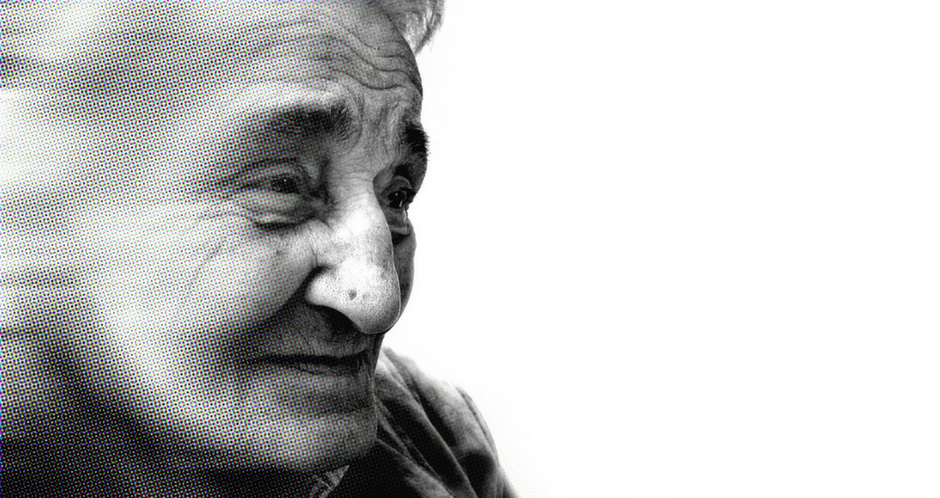
Delirium is a medical condition where a person is undergoing a more sudden change in consciousness or thinking to their mental abilities. This results in confused thinking and reduced awareness of their environment. The symptoms and signs of delirium can be similar to dementia, which is why it can often be misdiagnosed.
The word delirium derives from the latin verb “delirare” which means to “be crazy, rave,” literally “go off the furrow.” Since then, the definition has evolved beyond simply claiming a person is “crazy”.
Delirium is considered to be a medical emergency. If you suspect that someone has delirium, it is advised that you seek medical attention as soon as possible. Delirium is a treatable and temporary condition that can be managed with the right treatments.
Delirium can happen to anyone at any age, however there a certain factors that make older adults more susceptible to developing delirium.
People over the age of 65 are three times as likely, while people over 80 are five times more likely to develop delirium.
People with dementia are 5-6 times more likely to have delirium. While those with sensory impairment, which can be a one of the symptoms of, but not exclusive to dementia, have a three times the risk of having delirium
There are also other factors, such as nutrition and medication that can play a role. Dehydration has been found to increase the chance of developing delirium by two times. While medication that a person may be taking can increase the chances of delirium by three or more fold.
There are two main screening tools that are advised to detect delirium – CAM and SQiD
The first is CAM, which is the “Confusion Assessment Method”. Cam is a validated diagnostic tool, which is divided into two parts. Part one consists of cognitive assessment, followed Part two is a diagnostic algorithm based on the four features of delirium is completed.
The four features of delirium are:
A positive diagnosis of delirium is made if the person has feature 1 AND 2 plus either 3 or 4.
The second tool is SQiD which is the “Single Question in Delirium”. This method is a simple one, it consists of asking a friend or family member “do you think [Patient X] has been more confused lately?” If they answer “yes”, then it would be time to do further investigations.
The role family members and friends play in supporting a diagnosis of delirium is critical, therefore it is important for loved ones to speak up if they notice any sudden changes in a person. And for health professionals to ensure they ask families they key question from SQiD.

There are a number of ways to treat delirium. The most important one being to treat the underlying cause of the delirium. Which could be an easily treatable condition such as constipation or a UTI, but in some circumstances it can be post-stroke or trauma that needs more extensive investigation and treatment.
Preventative measures can be taken to reduce the risk of delirium, however it should be noted that this does not mean a person is guaranteed to not get delirium.
When managing delirium, it’s important to optimise recovery. That means getting the essential hydration and nutrition that is needed, promoting sleep, and being aware of sensory aids. It is recommended that carers review medications and monitor the patient’s bowel movements. A part of the management of delirium is to create a conducive environment for the person with the condition.
If you are concerned about someone who is at risk and wish to find more informations, then contact Dementia Australia at their National Dementia Helpline – 1800 100 500.
5
5